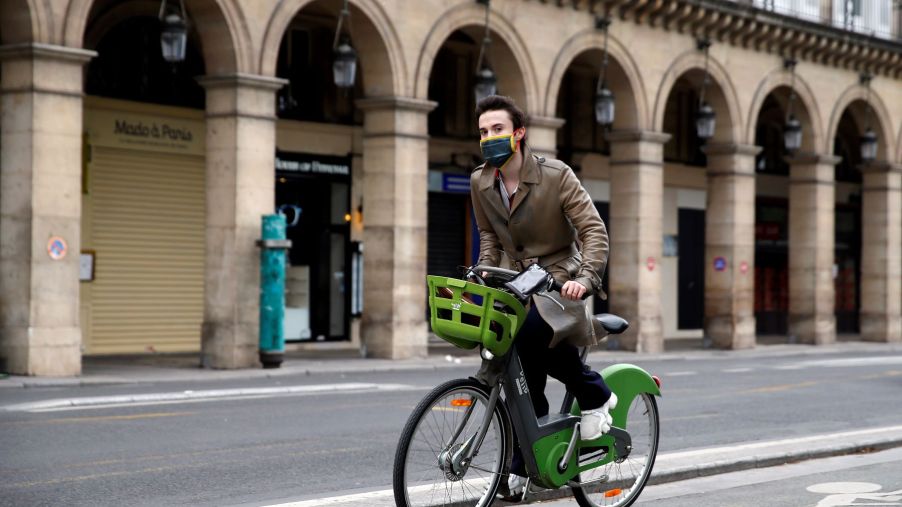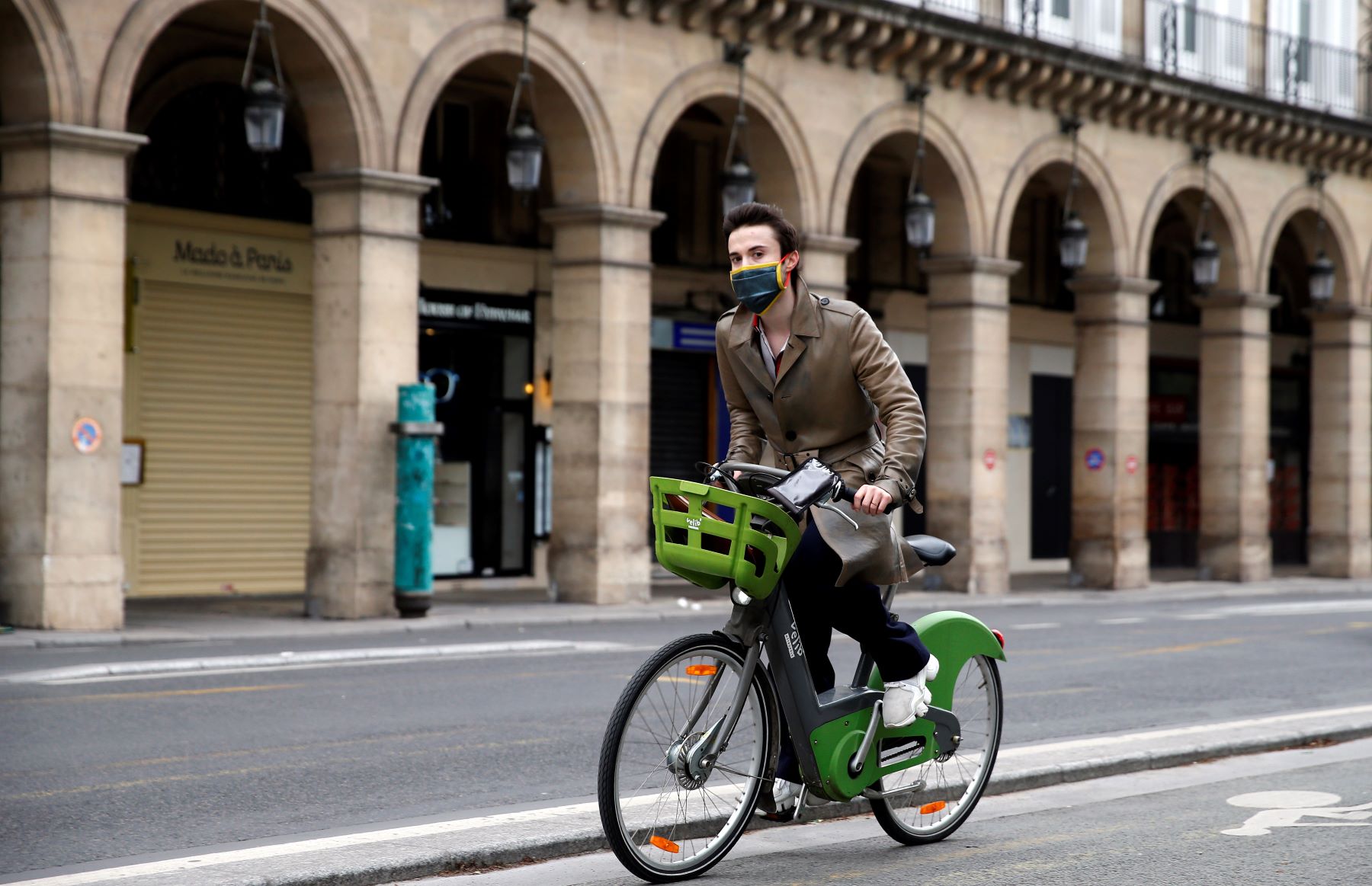
Paris, France Will Be a Car-Free City in 2024
Air pollution has been a problem in Paris for years. By 2021, the lung-choking issue had become so bad that Mayor Anne Hidalgo announced her plan to ban the majority of crosstown traffic by the following year. Now, the presidential hopeful’s vision of a car-less Paris has been put on hold until 2024. Will cars ever be completely banned from Parisian streets? Let’s look at the facts and figures.
How will the upcoming traffic restrictions affect Parisians?

Known to locals as a limited traffic zone, or ZTL (zone à trafic limité), restricted roads have already been enacted in other major European cities, including Rome, Milan, and Madrid. Intended to reserve roadways for pedestrians, bicycles, and public transportation, the restriction will disallow vehicles from traveling through Paris without stopping.
According to Bloomberg CityLab, the new “tranquil zone” is not meant to ban vehicles completely. Short-term hotel guests, delivery services, and disabled persons will still be allowed to drive through Paris. It will, however, reduce total traffic by around 55%. Considering that more than 100,000 vehicles pass through Paris daily, this reduction is sure to make a significant difference in the air quality in the City of Lights.
Deputy mayor of Paris, David Belliard, noted in February on Twitter that nearly 80% of Parisians support the first phase of traffic restrictions, says The Verge.
What will a car-free Paris, France, look like?
Areas affected by the proposed calm zone include the Paris Center and St. Germain neighborhoods, explains the official Paris website. The ZTL zone will lie within Saint-Denis, Saint-Martin, du Temple, and Beaumarchais boulevards to the north, Place de la Bastille and Boulevard Bourdon to the east, and Boulevard St. Germain to the south. The western border of the calm zone will be Place de la Concorde.
The 14-square kilometer (5.4 square miles) ZTL will extend from Place de la Bastille to the Place de la Concorde, including the Marais district as well as the majority of the Left Bank’s Latin Quarter. However, the shopping area around the Garnier Opera and the Champs Elysées will remain unaffected until further notice.
Private motorists who live in the area and wish to travel through the Paris Centre-Saint Germain zone may be required to provide supporting documents, resident parking cards, or parking stickers. Vehicles such as buses, taxis, and ambulances are expected to remain exempt from the proposed traffic restrictions.
The pollution problem of Paris, France
For three days in 2014, Paris adopted an every-other-day driving restriction inspired by chronically-polluted Asia cities. The idea, which would have theoretically reduced exhaust pollution by half, but did not go over well with the locals, involved even and odd license plate numbers. Unfortunately for Paris’ air quality, numerous French drivers opted to drive anyway and pay the 22 Euro (roughly $30) violation fine. National Geographic magazine called the errant drivers’ uncooperative behavior “a classic tragedy of the commons, where each person’s stake in a public good like air quality is minuscule compared to his personal benefit of, say, driving his own car to work.”
Are car-free zones coming to a neighborhood near you?
It’s already happening. New York’s Fire Island is a no-traffic zone where people get around just fine on foot, bicycle, and golf carts. In Zermatt, Switzerland, locals, and visitors get from here to there on foot and horse-drawn carriages. Fes el Bali of Morocco, La Cumbrecita of Argentina, Venice of Italy, and Halibut Cove of Alaska, have also disallowed cars for years, explains Curbed.
Until a viable alternative to gasoline and diesel vehicles is available to all, a reduction in cars on the road in Paris -and anywhere- can only be a good thing.


